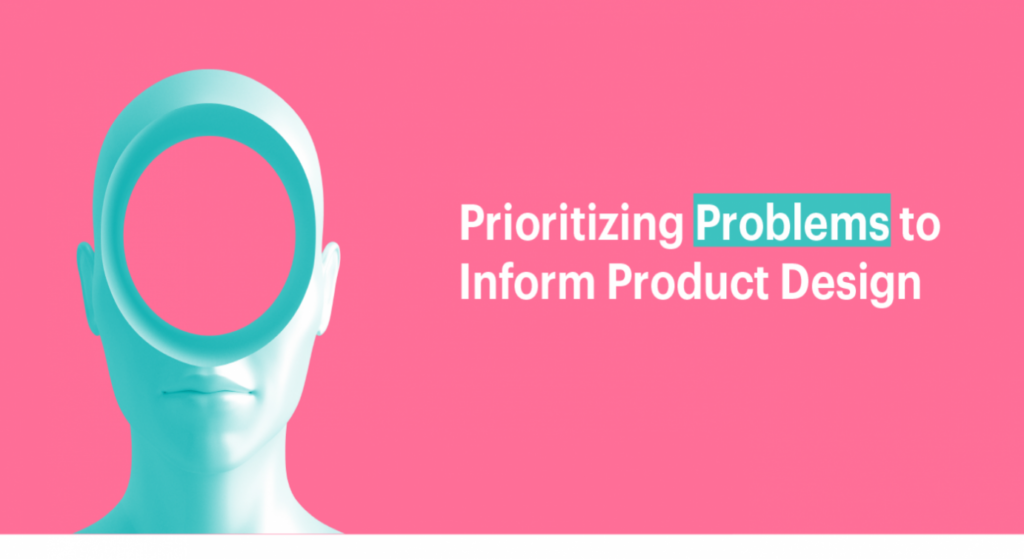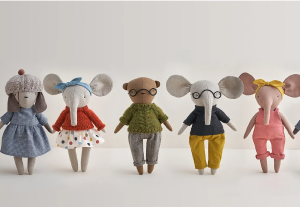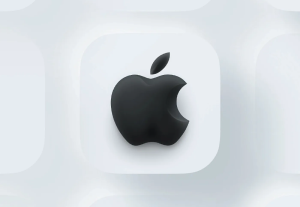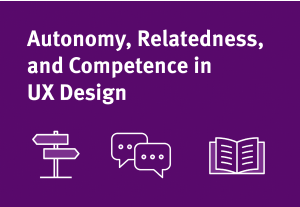The Parallel Journey of Physical Product Design and UX/UI Design
- The article highlights the author’s realization of the parallels between physical product design, particularly in the creation of soft toys, and UX/UI design, showcasing how principles like research, prototyping, teamwork, and empathy are fundamental to both domains.
Share:The Parallel Journey of Physical Product Design and UX/UI Design
Share this link
- April 23, 2024
3 min read








